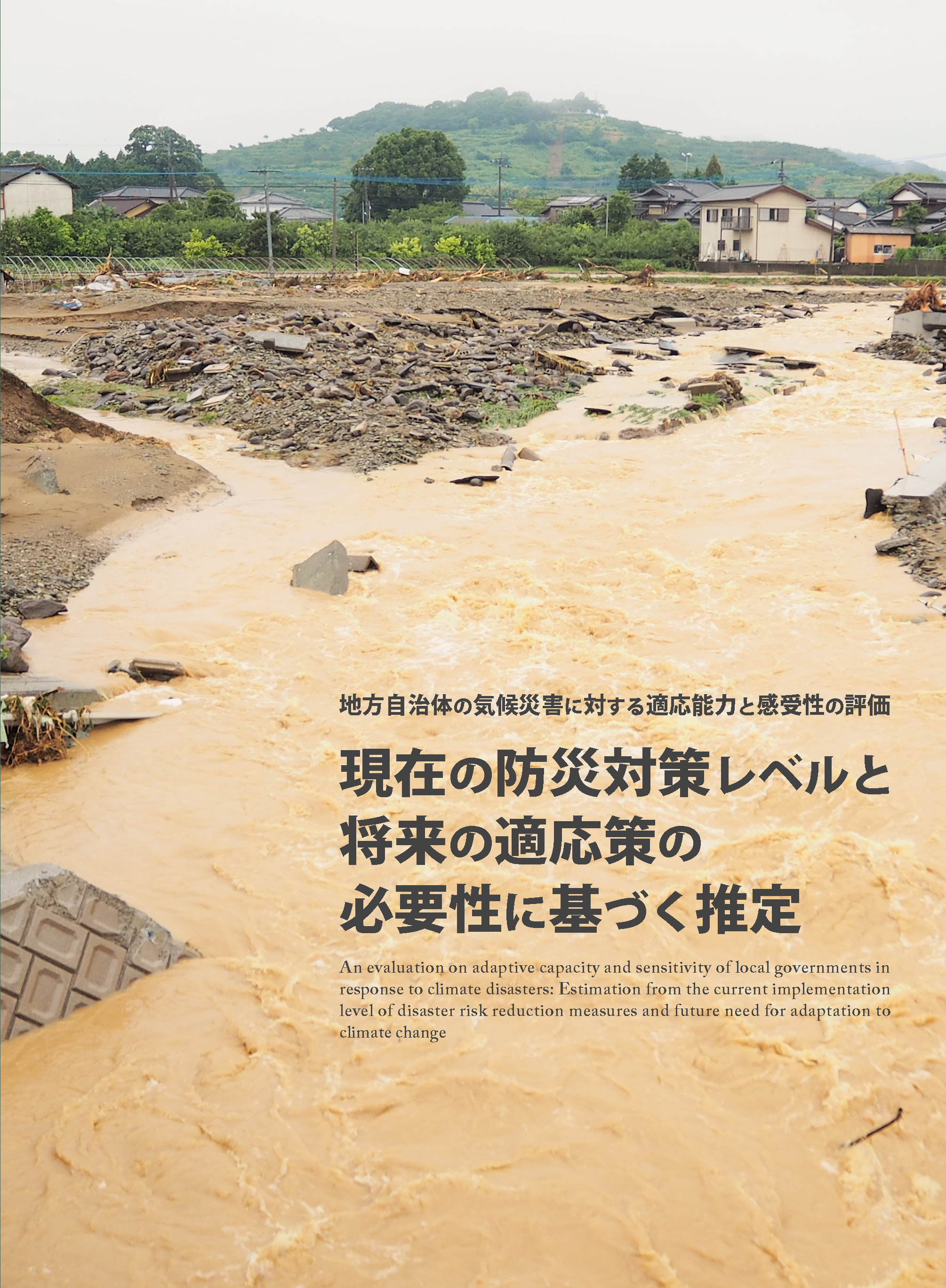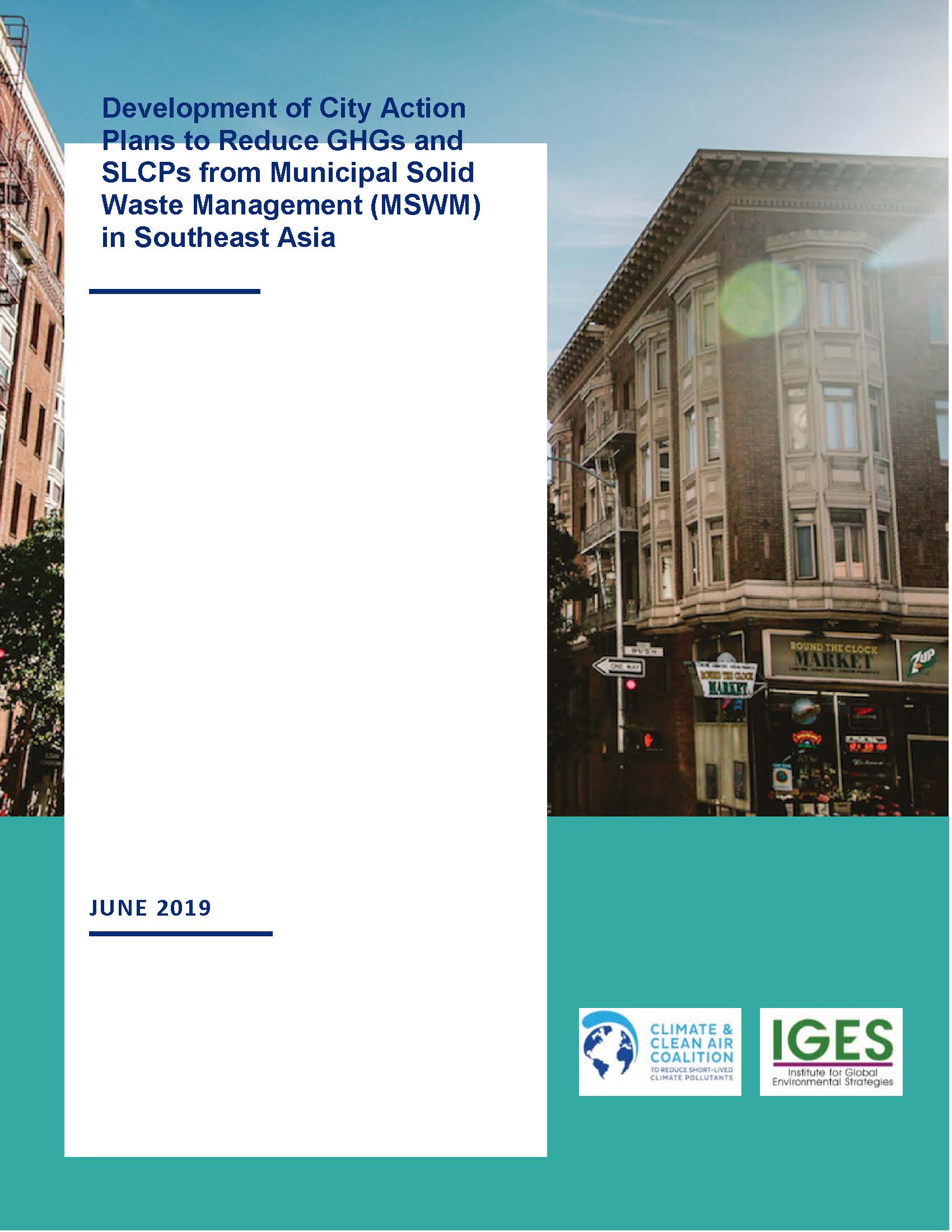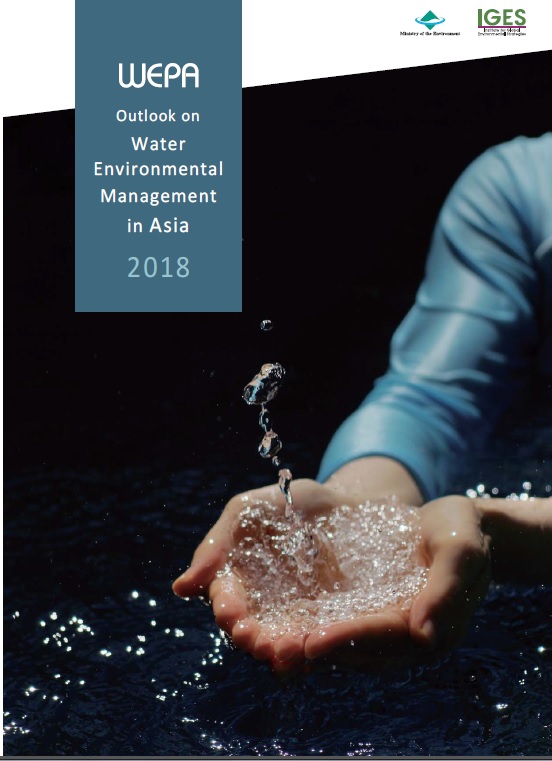In Reducing Emissions of Short-Lived Climate Pollutants Perspectives on Law and Governance
This chapter aims to bring policy and institutional considerations to the center of work on Short-Lived Climate Pollutants (SLCPs). Its primary purpose is to suggest policy and institutional reforms needed for an integrated and inclusive slcp strategy in Asia. The chapter begins by setting the context with a review of the interrelated yet varying...






